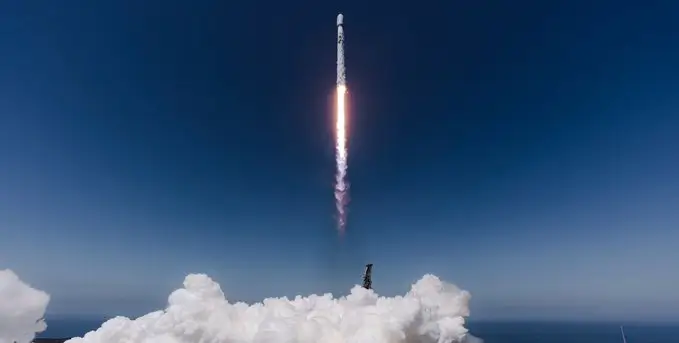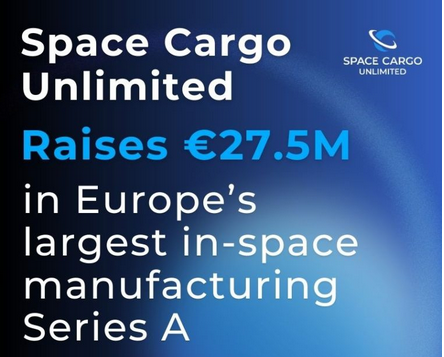

SpaceX launched Luxembourg’s first national Earth-observation satellite, along with seven rideshare payloads
This mission marks a strategic leap for Luxembourg—its first independent high-resolution Earth-imaging capability.
SpaceX successfully launched Luxembourg’s first national Earth-observation satellite, NAOS, on August 26, 2025 from Vandenberg Space Force Base, California. The Falcon 9 rocket lifted off at 11:53 a.m. PT and its first stage, on its 27th mission, returned safely to Landing Zone-4.
Built by OHB Italia, NAOS (National Advanced Optical System) will deliver high-resolution imagery for Luxembourg’s defense ministry and share data with international partners such as EU, NATO, UN. The satellite can capture up to 100 images a day and is designed for at least seven years of service.
The mission also carried seven rideshare payloads, including Planet Labs’ Pelican-3 and Pelican-4, India’s Dhruva Space LEAP-1 with Australian instruments, and four satellites deployed by Exolaunch for Capella Space, Pixxel, and an undisclosed U.S. customer.
“NAOS marks a major milestone for Luxembourg, giving us our own independent Earth-observation capability for the first time,” said Luxembourg’s Defense Minister, who called the launch “a cornerstone for national security and international cooperation.”
This mission marks a strategic leap for Luxembourg—its first independent high-resolution Earth-imaging capability. NAOS strengthens national defense, environmental monitoring, and international collaboration. At the same time, the rideshare manifest underscores the growing popularity and efficiency of multi-client space launches.
photo credit: SpaceX







